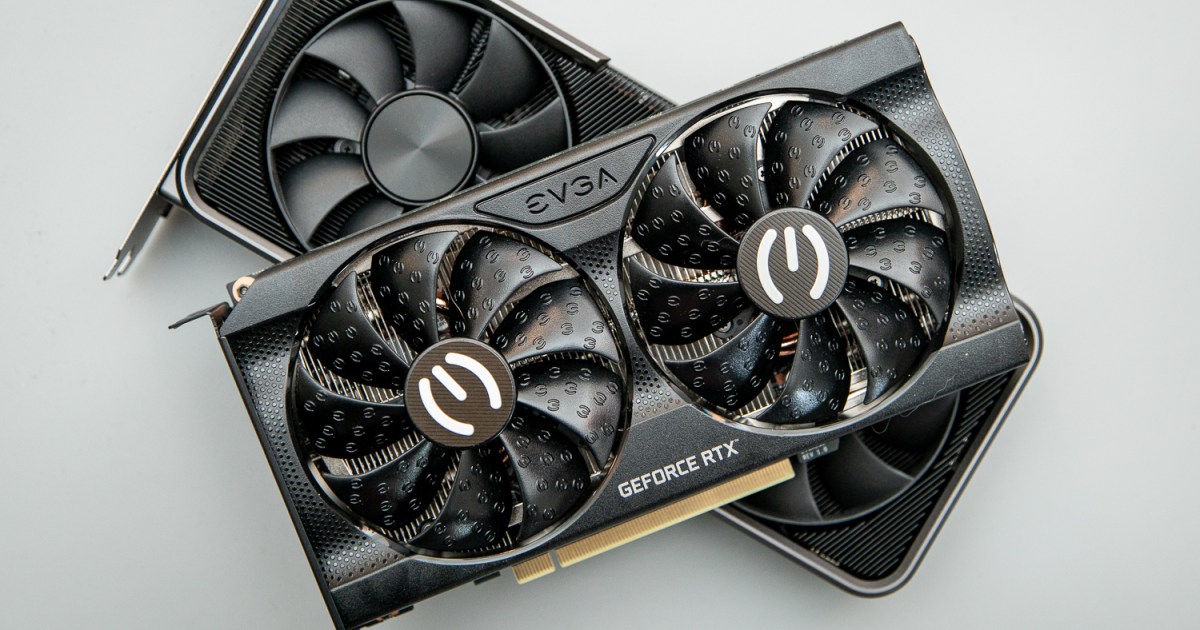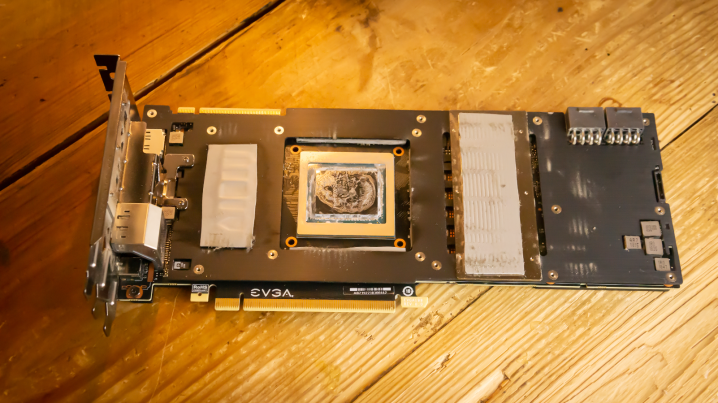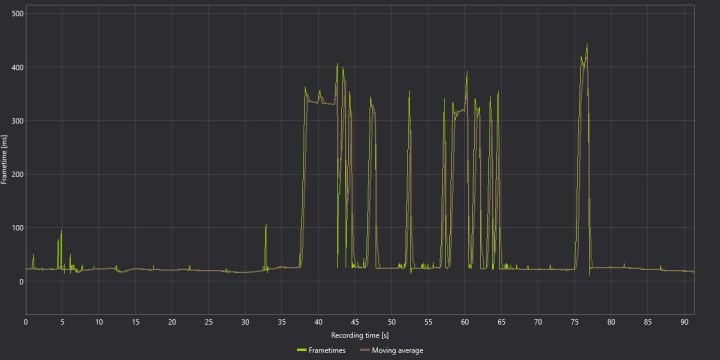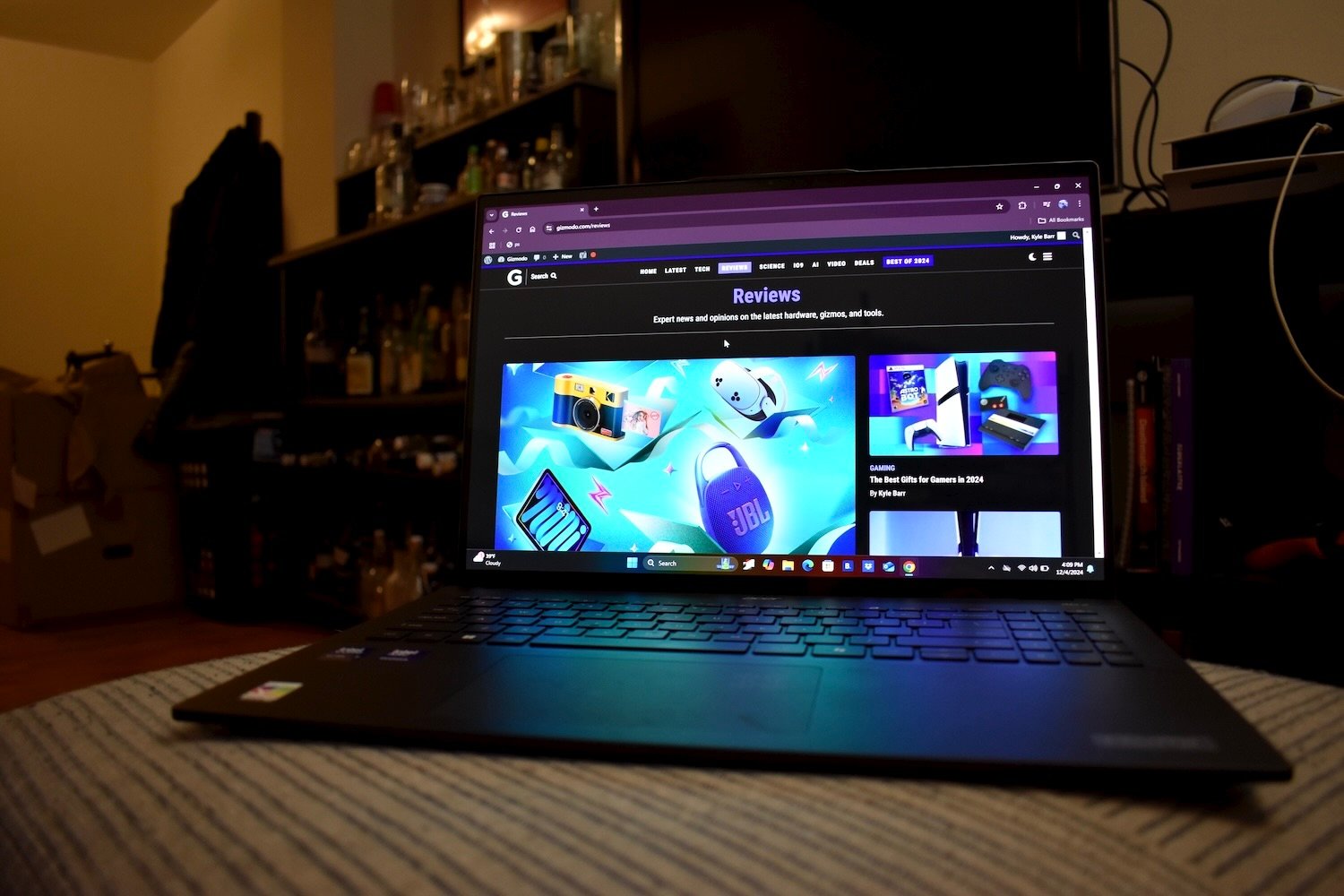
Nvidia just finished revealing its range of new RTX 50-series GPUs, the first of which will arrive in just a couple of weeks. They’re some of the best graphics cards ever made, according to Nvidia, and for the flagship RTX 5090 that clocks in at $2,000, I believe the company. Lower down the stack, however, I’m concerned.
For the past couple of years, there’s been a growing issue surrounding graphics cards with 8GB of VRAM, which is something we’ve seen on full display with games like Indiana Jones and the Great Circle. Despite backlash in the previous generation concerning releases like the RTX 4060 Ti, I’m worried that Nvidia will repeat the mistakes of the past when the RTX 5060 inevitably rolls around.
It’ll be popular

Although cards like the RTX 5090 are flashy, most PC gamers don’t have that kind of budget to throw around. Nvidia’s 60-class graphics cards remain the most popular options among PC gamers, and they have for years. The RTX 3060 and RTX 4060 occupy two of the top three slots in the Steam hardware survey, and the remaining spot is held by the mobile version of the RTX 4060. Nvidia hasn’t announced an RTX 5060 yet — the company’s CEO has hinted at the card — but I’d be shocked if we didn’t see it show up eventually.

Get your weekly teardown of the tech behind PC gaming
Just as we’ve seen with the GTX 1060, GTX 1660, RTX 2060 Super, RTX 3060, and now the RTX 4060, the RTX 5060 will likely take a top slot among the most popular GPUs. This class of graphics card makes sense for a lot of PC gamers. They arrive around $300, and for generations, they’ve delivered solid gaming performance at 1080p, even in the latest AAA games. They’re workhorse GPUs; they’ll run the games you want to play with solid performance. This class of graphics card is the epitome of the sentiment that PC gamers play games, not hardware.
It should just work. Load up a game at 1080p, select a graphics preset, and you’re off to the races, hopefully with frame rates nearing the triple digits to fully saturate a high-refresh-rate 1080p gaming monitor. Now that we’ve seen the first cards in Nvidia’s new generation, however, I’m not confident that the RTX 5060 will be able to deliver that experience, and that largely comes down to VRAM.
It’s time to address the VRAM problem

Nvidia has been willing to die on the hill that 8GB of VRAM is sufficient for a premium gaming experience. Real-world performance disagrees. Recently, PCGamesHardware looked at the performance of AMD’s RX 7600 and RX 7600 XT across 35 different tests. This is an important comparison, as the only difference between the two cards is VRAM capacity. The RX 7600 comes with 8GB, while the RX 7600 XT comes with 16GB.
Based on the results, the 8GB RX 7600 was 12% slower at 1080p in rasterized games, and a shocking 30% slower in games with ray tracing. Remember these results are for 1080p, too. At higher resolutions, the gap is even wider, with the RX 7600 dropping nearly half of the performance of the RX 7600 XT at 4K. Raw frame rates don’t even encapsulate the problem fully — as PCGamesHardware demonstrates, limited VRAM capacity can also lead to messy textures and sometimes even broken rendering in games like The Witcher 3, Dead Island 2, and Avatar: Frontiers of Pandora.
In fairness to Nvidia, these are AMD graphics cards. Although the RX 7600 and RX 7600 XT are ideal picks for isolating VRAM capacity, the reality is that different architectures and memory system designs will respond to memory capacity, well, differently. As you can read in my most recent RTX 4060 review, though, these problems show up from time-to-time on Nvidia GPUs, too. The demonstration from PCGamesHardware simply isolates memory to show what can happen when in an apples-to-apples comparison.

As mentioned, Nvidia hasn’t announced the RTX 5060 yet, but based on the rest of the lineup, it looks like it could be limited to 8GB of VRAM. Across the stack Nvidia has revealed, only the RTX 5090 received a bump in memory capacity. The RTX 5080 has 16GB, while the RTX 5070 Ti and RTX 5070 have 12GB, all three matching their last-gen counterparts. In addition, Nvidia has revealed the mobile versions for all of these graphics cards, and the RTX 5070 clocks in with just 8GB of VRAM.
It’s possible Nvidia could run the RTX 5060 with a higher memory spec — it did something like that with the wildly popular RTX 3060 — but I’m not holding my breath. Based on what Nvidia has revealed so far, 8GB is not only possible on the RTX 5060; I’d wager that it’s likely.
The competition is strong

Although Nvidia has defended 8GB graphics cards, it’s also unintentionally acknowledged the issue with them. That’s why we saw the 16GB version of the RTX 4060 Ti, and likely why the RTX 3080 went from 10GB to 12GB late in its lifespan. AMD and Intel have more directly acknowledged the problem. AMD, for its part, has been pushing VRAM capacity up lower down its product stack for the past several generations, while Intel came out of the gate swinging with higher capacity on budget-focused offerings.
You can see that in action with Intel’s recent Arc B580, which comes with 12GB of VRAM for only $250. VRAM capacity isn’t directly indicative of performance — it actually says very little about how well a GPU performs — but as you can read in my Arc B580 review, there are VRAM walls that the RTX 4060 runs into that Intel’s latest GPU simply doesn’t.
AMD hasn’t revealed its offerings around the 60-class of GPUs this generation, but it has revealed the midrange RX 9070 XT, and it comes with 16GB of VRAM. That’s already outclassing the 12GB available on the RTX 5070, so I suspect that AMD’s lower-end offerings will come with higher VRAM capacity, too. Again, that says nothing about how they’ll perform, but assuming similar performance between AMD and Nvidia offerings as we’ve seen in previous generations, that higher VRAM capacity wins the day.
We’re likely still a few months away from Nvidia revealing more graphics cards in its RTX 50-series range, and the idea that the RTX 5060 — assuming that’s what Nvidia calls its offering around $300 — will come with 8GB of VRAM isn’t set in stone. Based on the way things are going, however, that looks like a decent possibility. And that could become a problem with some big games set to release this year, including Doom: The Dark Ages, Borderlands 4, and Avowed. For now, though, all we can do is wait until Nvidia has more to share.







